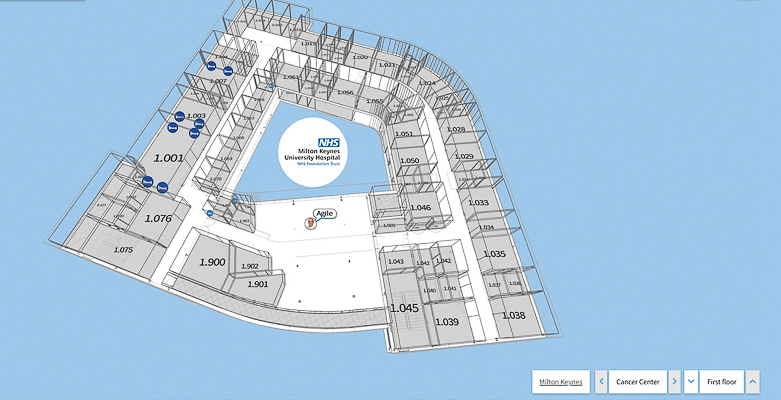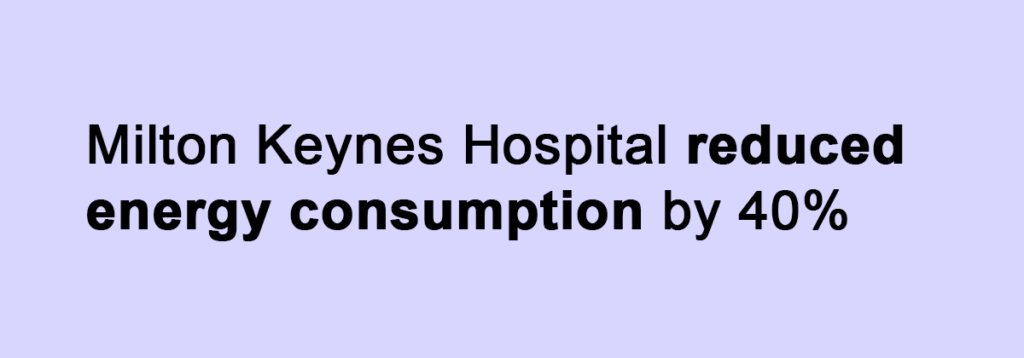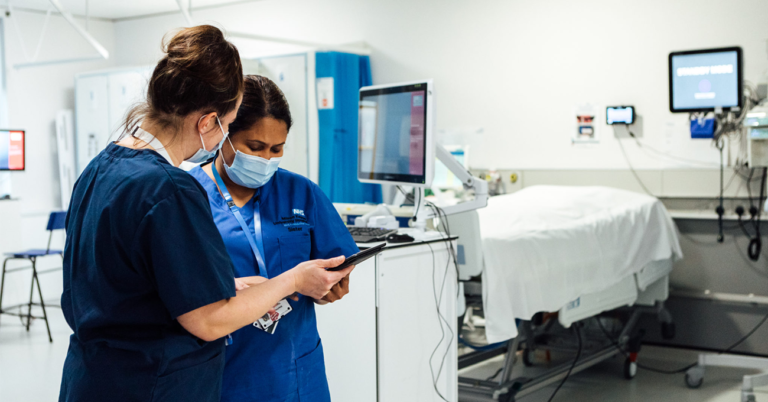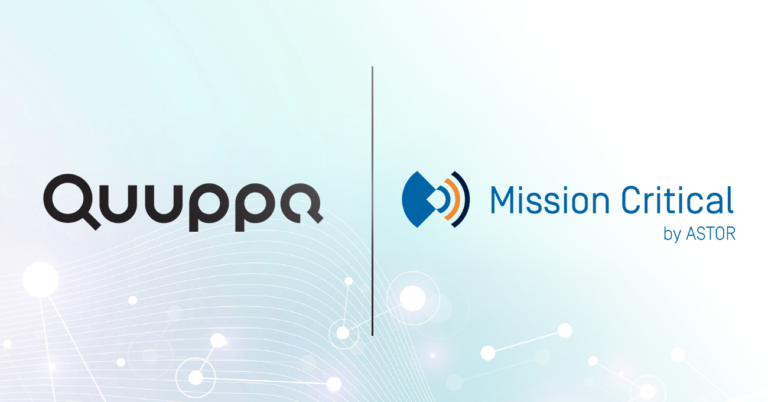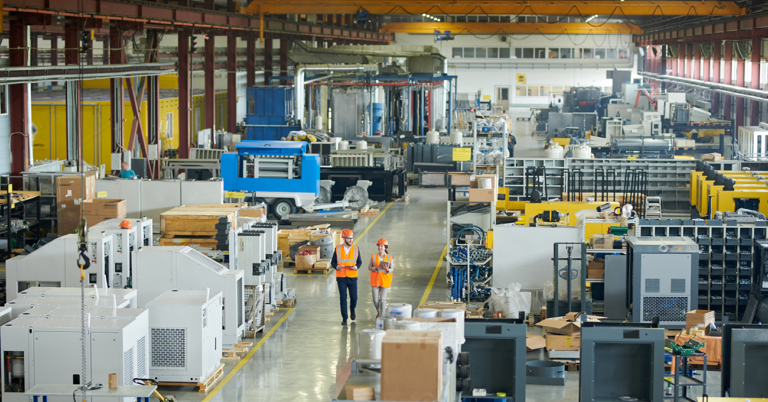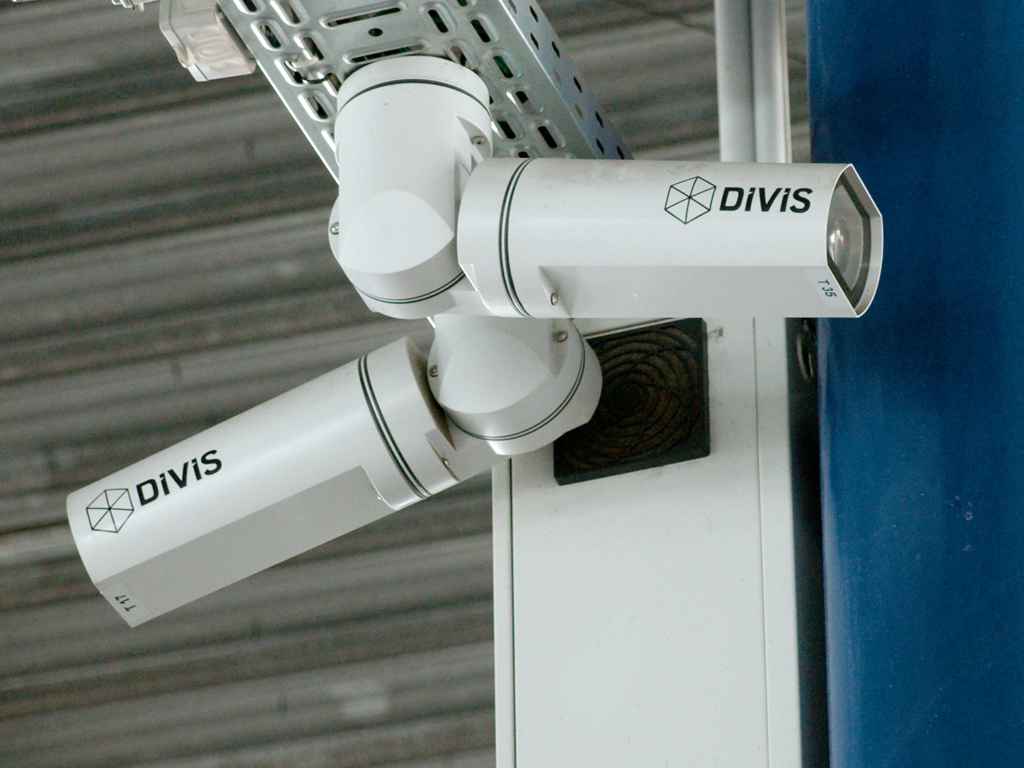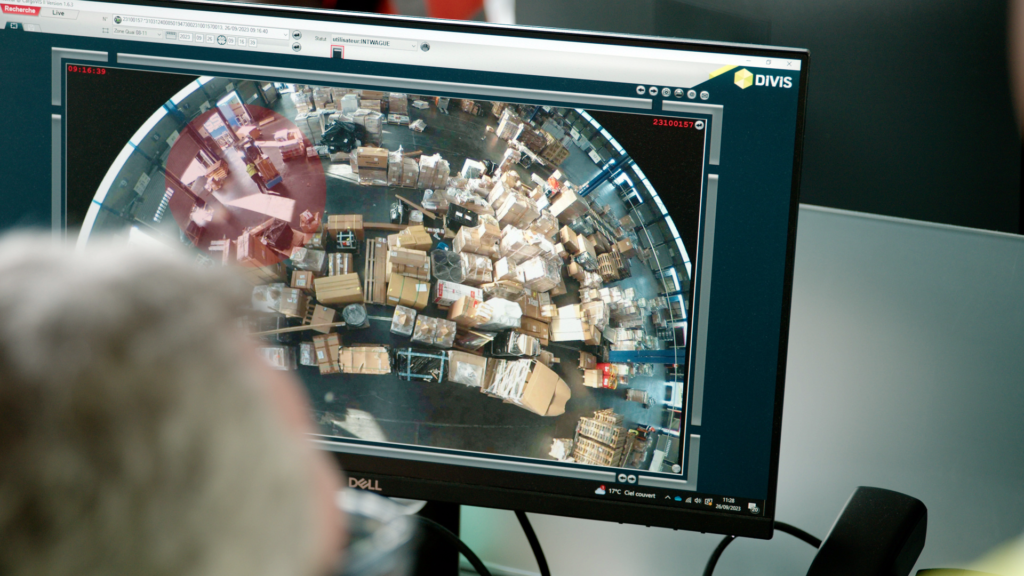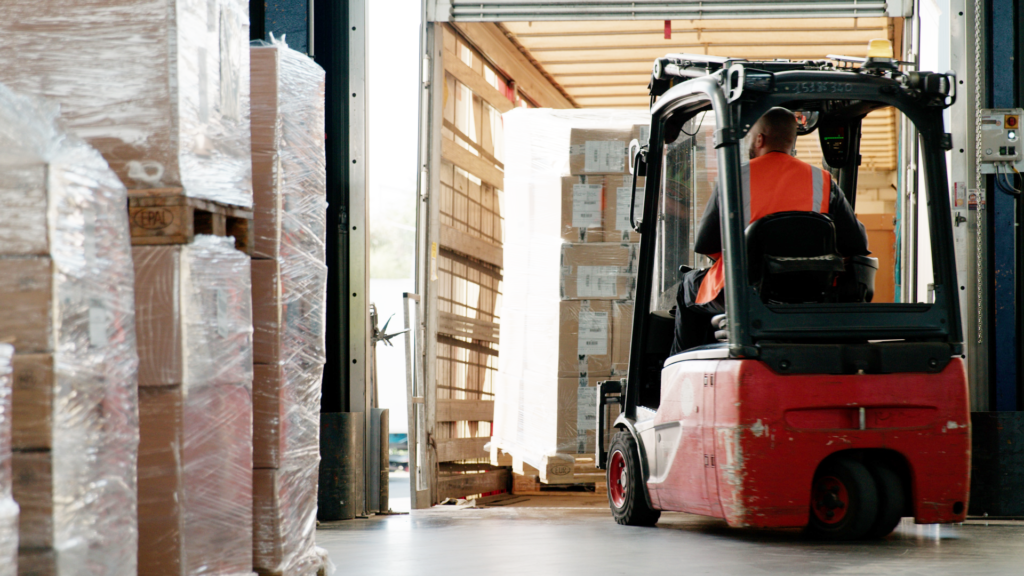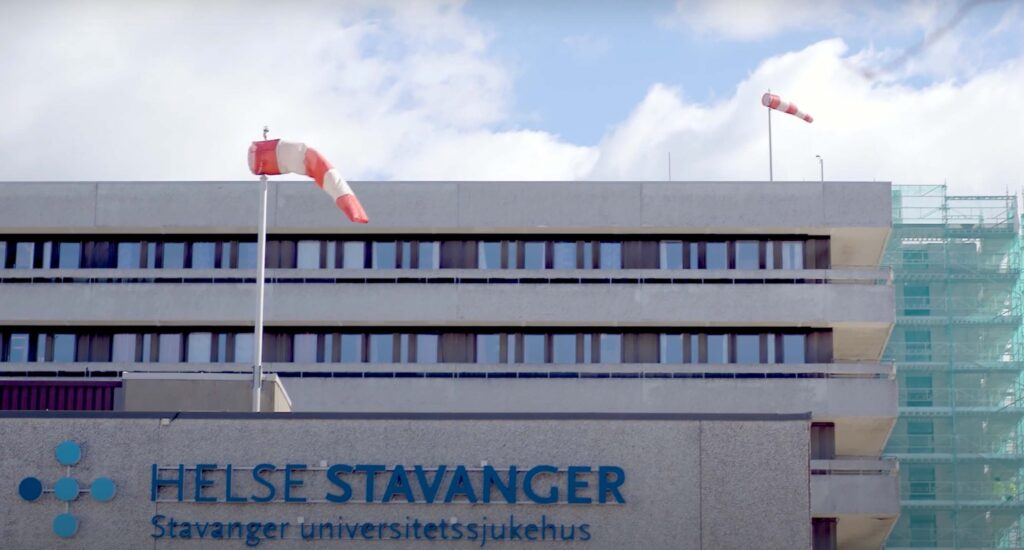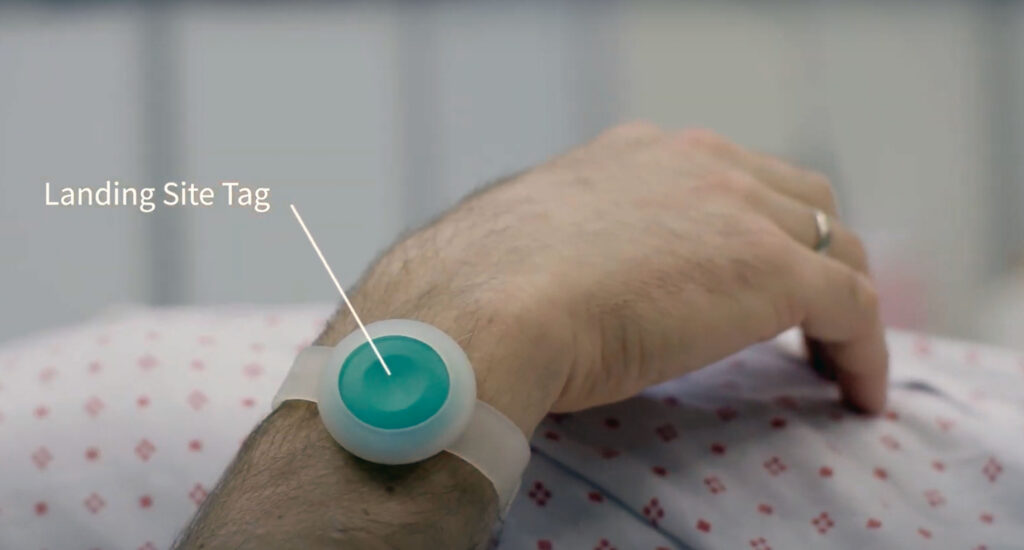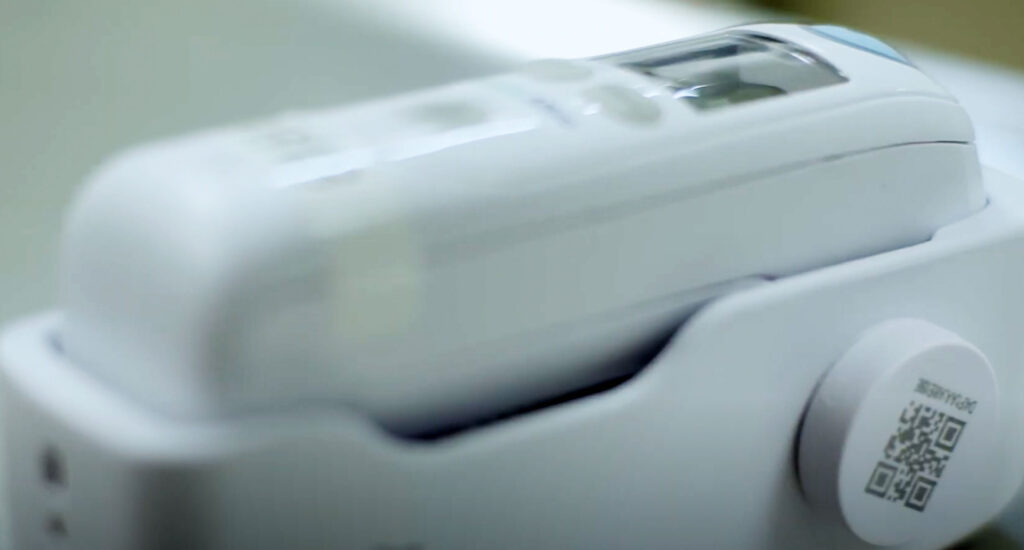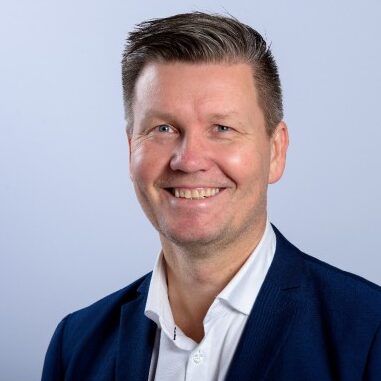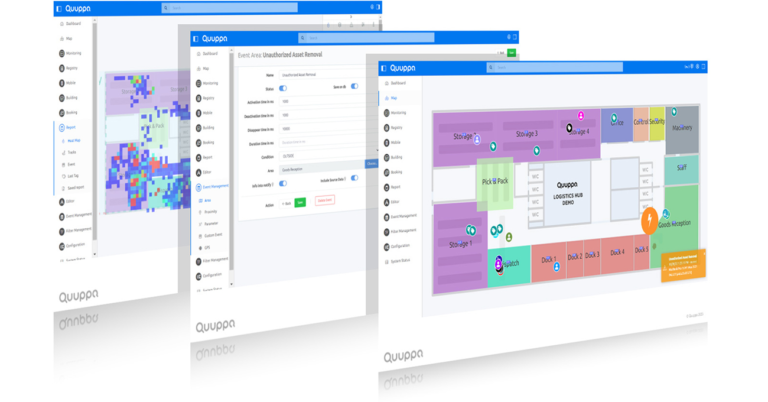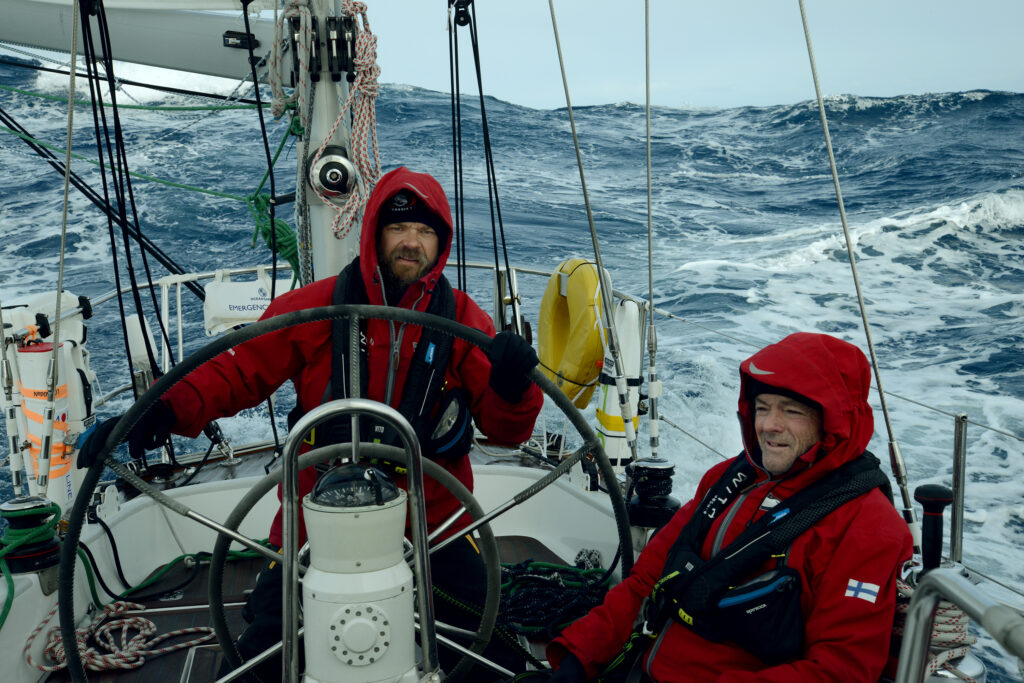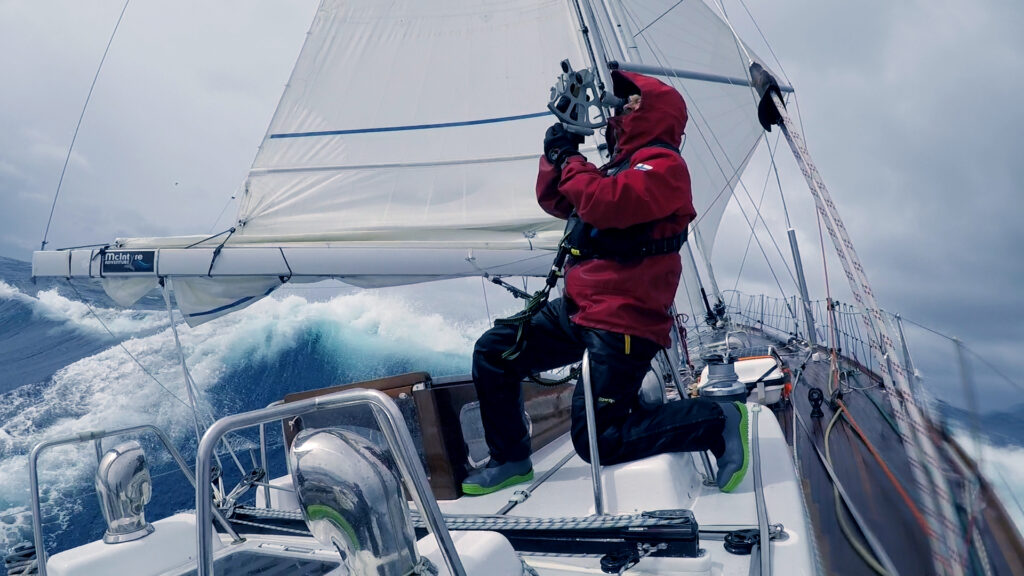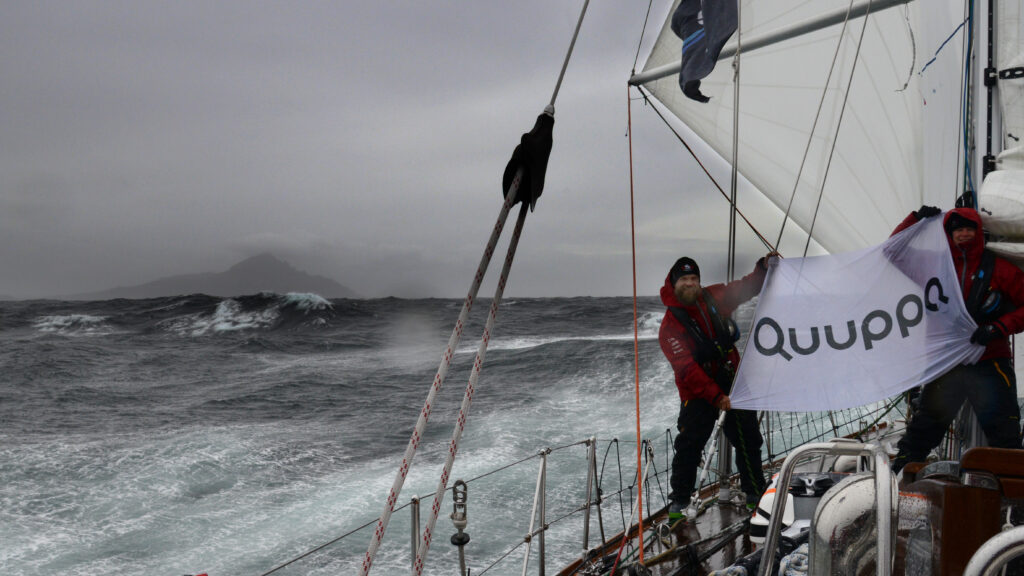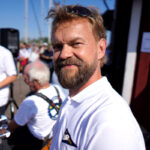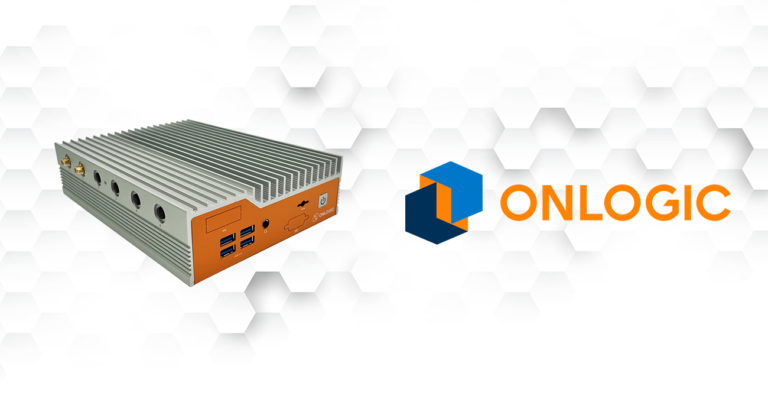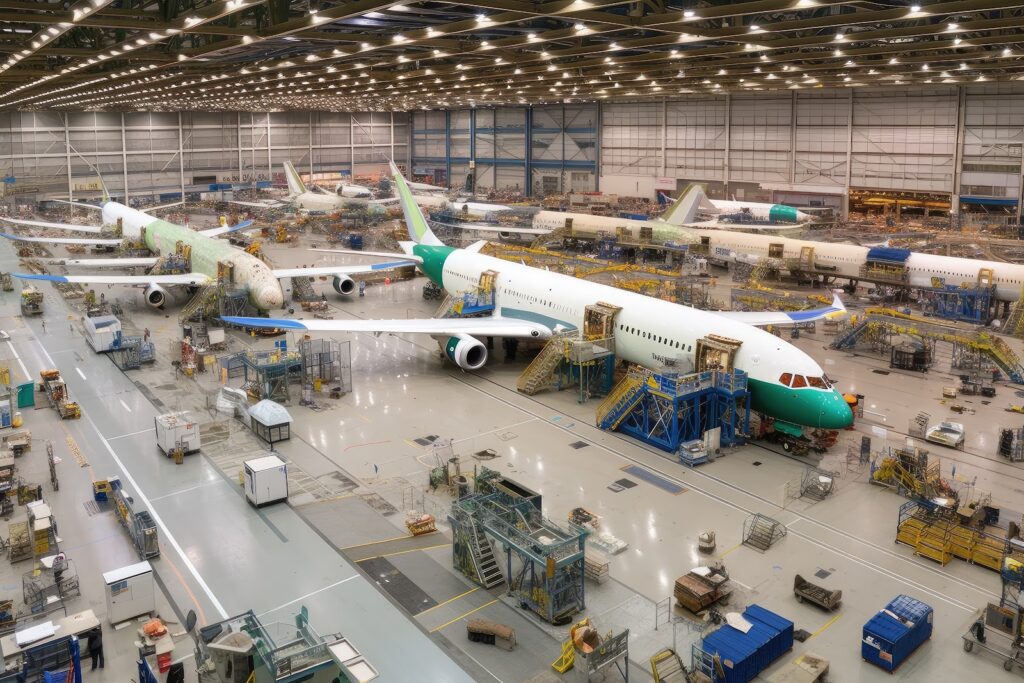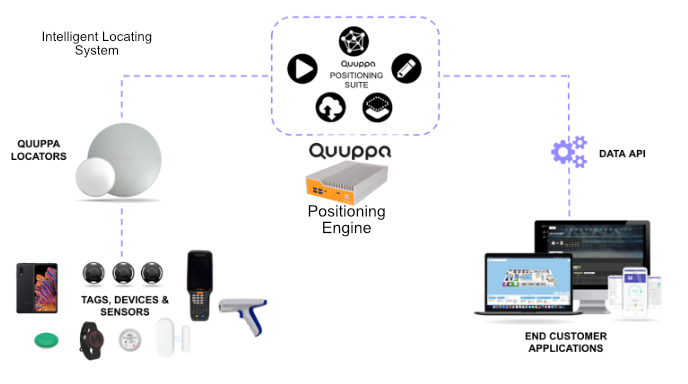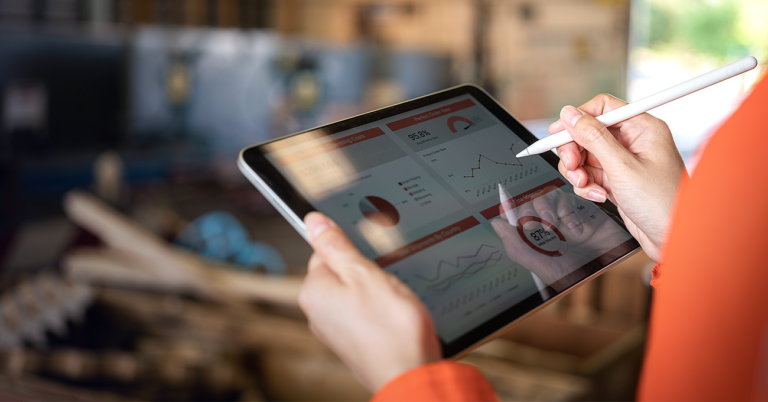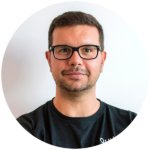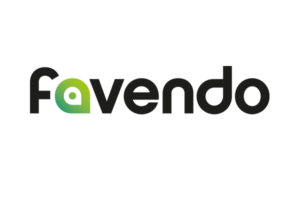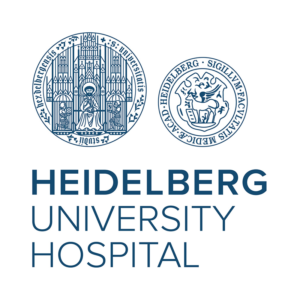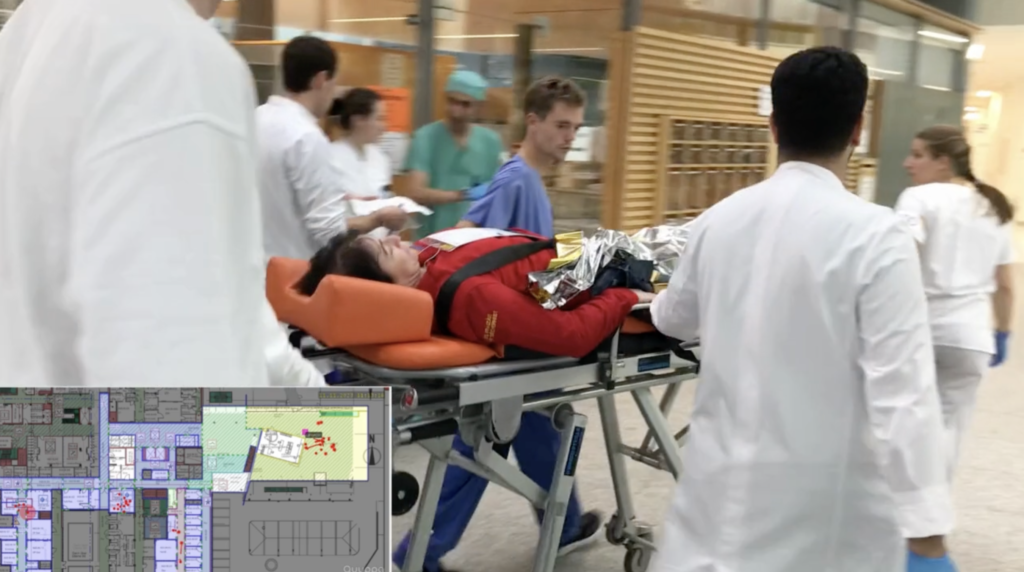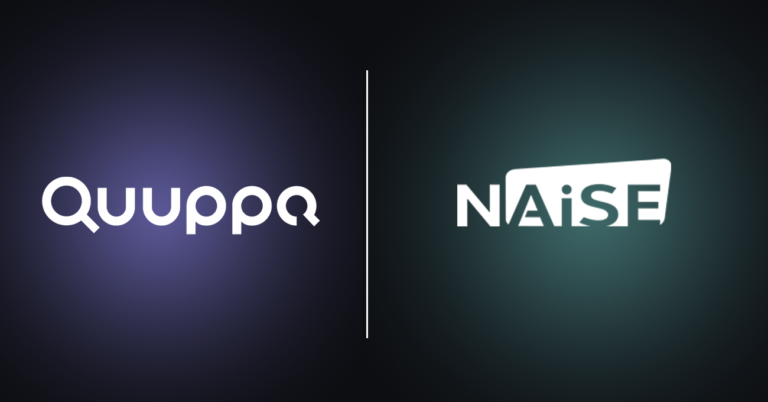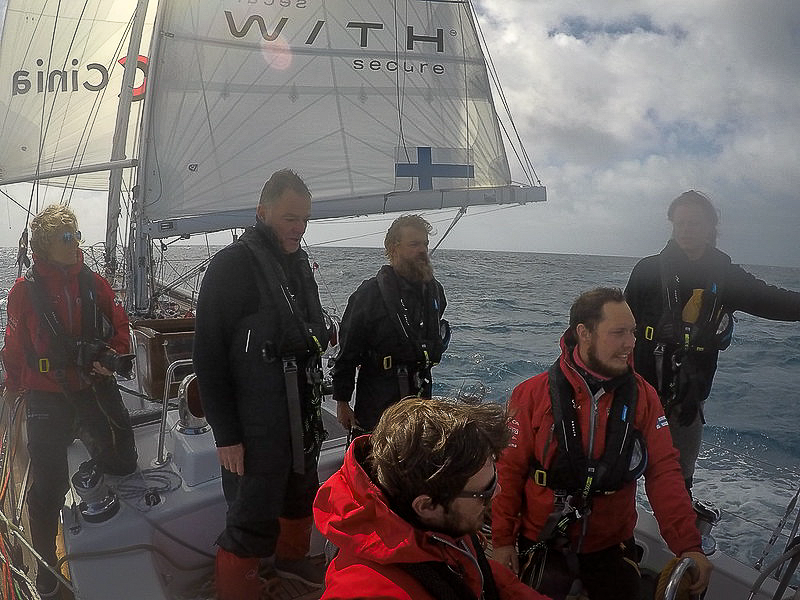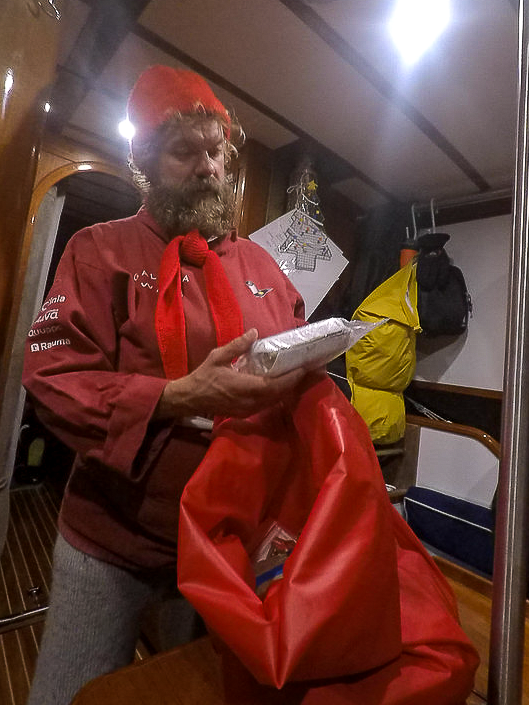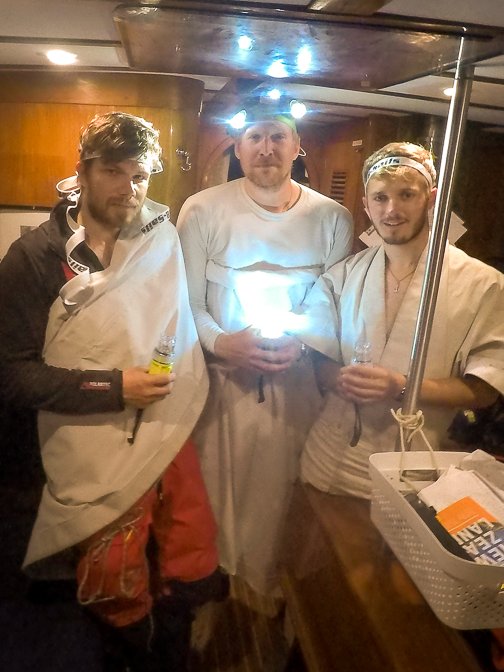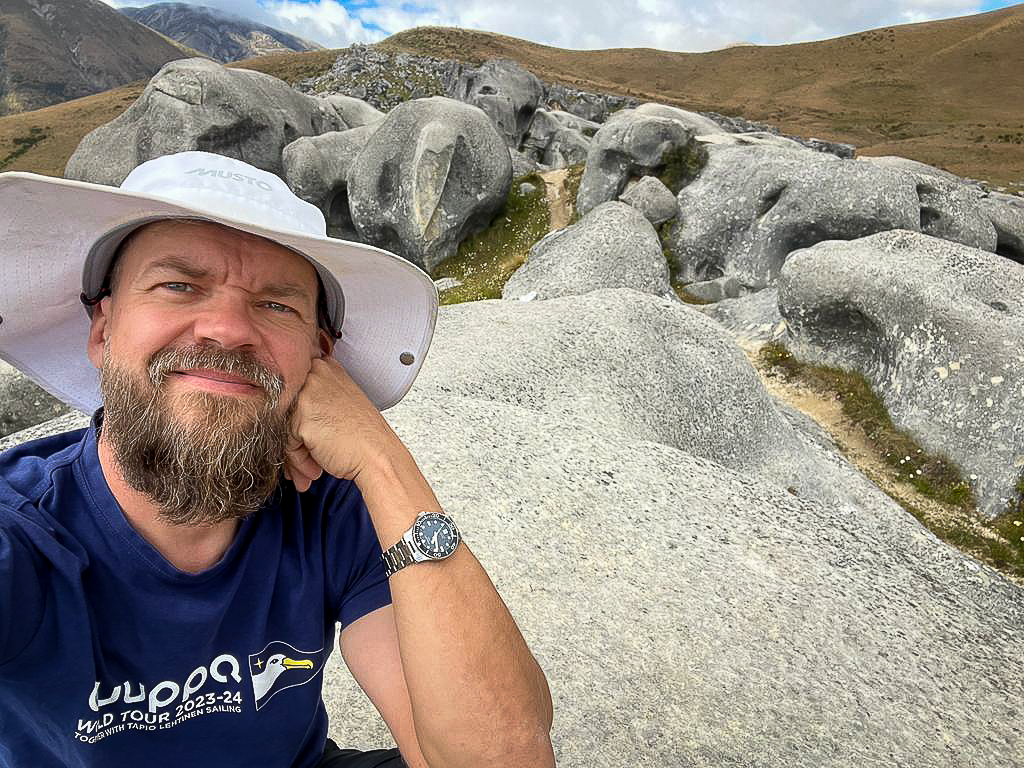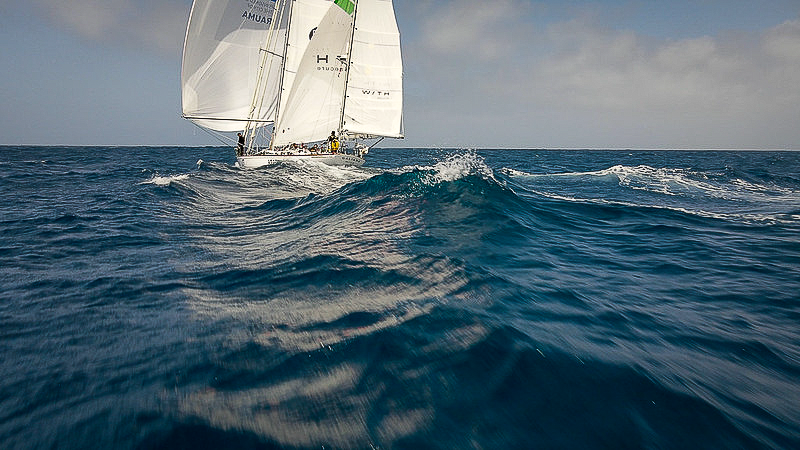Looking back at the rise of location technology throughout 2023, it’s evident that the spotlight on Real-Time Locating Systems (RTLS) will only intensify. With numerous companies exploring both the benefits of tracking assets and analyzing their movements within and across different environments, the stage is set for a continued evolution of location-based services (LBS).
The landscape of RTLS is now undergoing a transformative journey, being driven by the pressing needs of diverse industries. We’re quickly realizing the solution is no longer a built-for-purpose RTLS (i.e. fully custom-tailored, including the infrastructure). Rather, RTLS users require scalable solutions that support multiple use cases while offering flexible integration and customization possibilities. This is pushing the future of the industry away from a siloed, fragmented approach towards one where compatibility and interoperability are key. I expect that’s the future of RTLS, one that’s scalable.
Let’s further delve into the key predictions shaping the evolution of RTLS in the coming year.
Interoperability
As projects involving RTLS and Indoor Positioning Systems (IPS) transition from proof-of-concept to large-scale implementations, companies across various sectors are seeking a more open and flexible system. In 2024, they’re pursuing options that will not only support different use cases but also offer versatility in infrastructure.
The renewed search for flexibility is because customers often have multi-facility environments that require tracked assets to move between different types of sites, which necessitates compatible RTLS systems. For instance, an industrial customer with multiple facilities may be running platforms and technologies from different vendors, or they may be operating both indoors and outdoors. All that location data must somehow be collected and harmonized to ensure RTLS interoperability as the tracked asset moves around.
To promote interoperability, system integrators should avoid vendor locking; this means refraining from embracing proprietary offerings that are not rooted in using standardized technology. This allows for open market competition, more secure availability of the product from multiple providers, and, in particular, it allows the end-customer to freely choose where to acquire some of the key components, whenever it is time to maintain, replace, or expand their platform.
Hence, in 2024, I imagine we will see increased adoption of RTLS systems where everything is integrated and scalable. The underlying goal is to seamlessly track and monitor goods in real time across different spaces with diverse service requirements.
Scalability
I further expect manufacturers and logistics operators will continue to shift to an RTLS system that enables seamless tracking by combining multiple technologies (GPS, Wifi, Bluetooth, etc.) under the same infrastructure or platform. This is in contrast to other highly siloed forms of asset tracking that rely on a single asset tracking technology that’s often not scalable in different environments.
For instance, GPS tracking is an already well-known technology for tracking, but it is fundamentally not scalable because it often can’t function indoors. In contrast, a small electronic device – aka tag – attached to the asset can broadcast its location through diverse technologies like Bluetooth® and Radio Frequency Identification (RFID). This means a tag supports multiple technologies, allowing for seamless tracking both outdoors and indoors. This all is at the core of scalability: having a solution that scales across all types of facilities, buildings, and environments – a solution that can easily be built up depending on the operator’s needs.
That means 2024 will be the year for looking at the scalability costs and potential.
Digital displays
There is further room to build upon RTLS technologies in the coming year. We can look at Electronic Shelf Labels (ESL) in grocery stores to see the possibilities, in which digital display units integrated into store shelving provide real-time electronic information about products.
Why is this relevant in the context of RTLS? Digital displays can seamlessly complement RTLS by automatically displaying real-time information like product specifications, quantity, expiration dates, or information related to the process flow. Digital display dynamically updates the displayed information as assets move. In other words, ESL displays the relevant information about the product, while RTLS allows the product to be tracked.
Being able to track the location of assets while displaying the relevant information to the logistics operator is an incredibly useful tool. For example, the combination can display if the asset has arrived at the correct assembly line on time, or if the goods have now been delivered at the wrong location. This impacts both the efficiency of operations, as well as reduction of direct cost by reducing the search time and avoiding logistical errors. The combination of RTLS and display tags is at the core of the digitalization of the industrial environments.
Transport unit management
In the coming year, companies will turn to RTLS to monitor vehicle movements, locate warehouse equipment, optimize routes with data analytics, and enhance overall logistics coordination. Think about logistic hubs and sprawling warehouses with many types of transport vehicles, like forklifts and roller cages. Coordinating all these units can be a hassle and inefficient, which is why there is now a move to leverage RTLS to increase production efficiency and reduce costs.
Interestingly enough, transport units used in intralogistics and cross-docking are a non-negligible operational cost; a unit can cost from tens to hundreds of dollars each. A midsize logistic company typically owns tens of thousands of such transport units, which are continuously circulating from the shipment to the destination point, indoors and outdoors across multiple facilities. A significant amount of such units are lost, misplaced, or unaccounted for every year. This is a significant cost to bear for any logistics or manufacturing company, negatively impacting their process optimization efforts.
Final thoughts
As we gaze into the future of RTLS in 2024, it is evident that the trajectory of location technology is steering toward an era marked by adaptability, scalability, and seamless operation across multiple facilities. The strides made in 2023 laid the foundation for a new way forward, driven not by a one-size-fits-all approach but by the nuanced needs of diverse industries and use cases.
